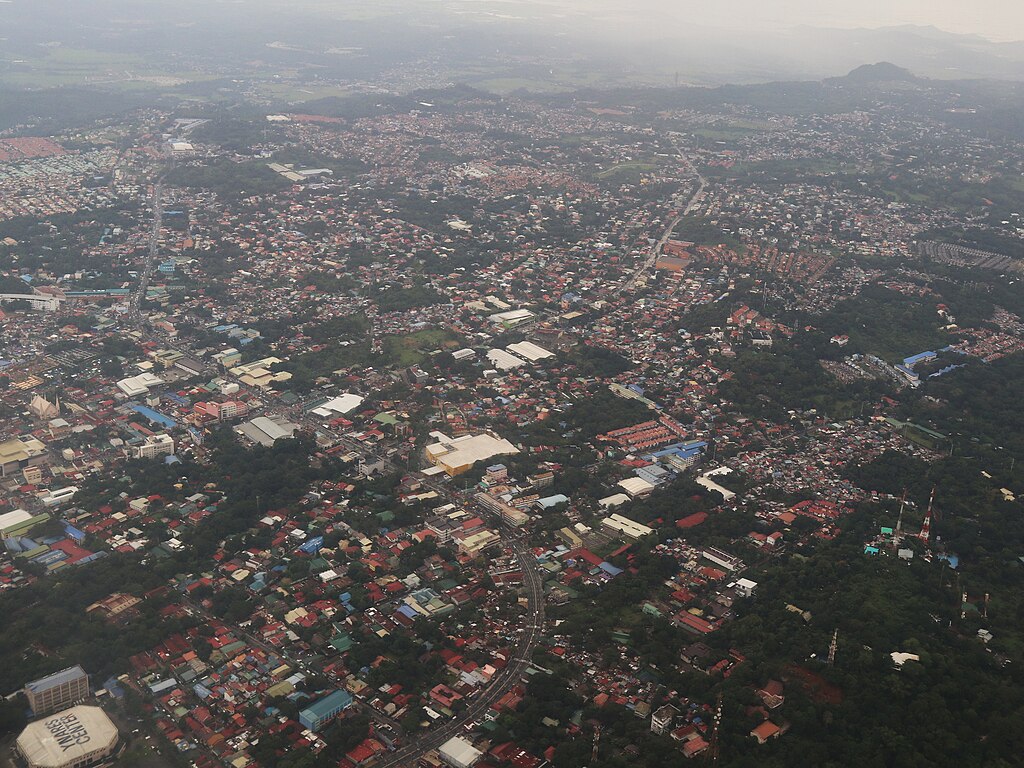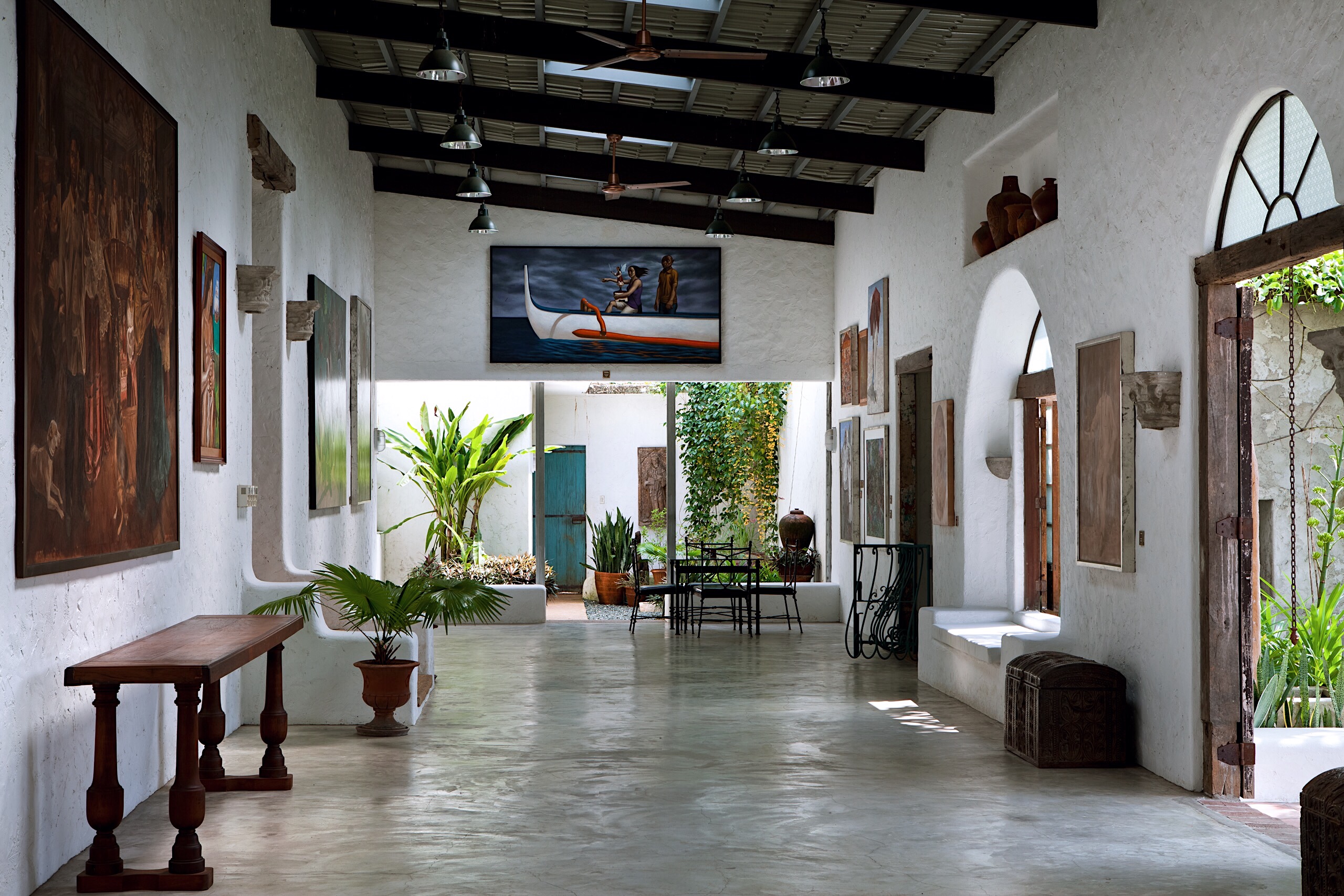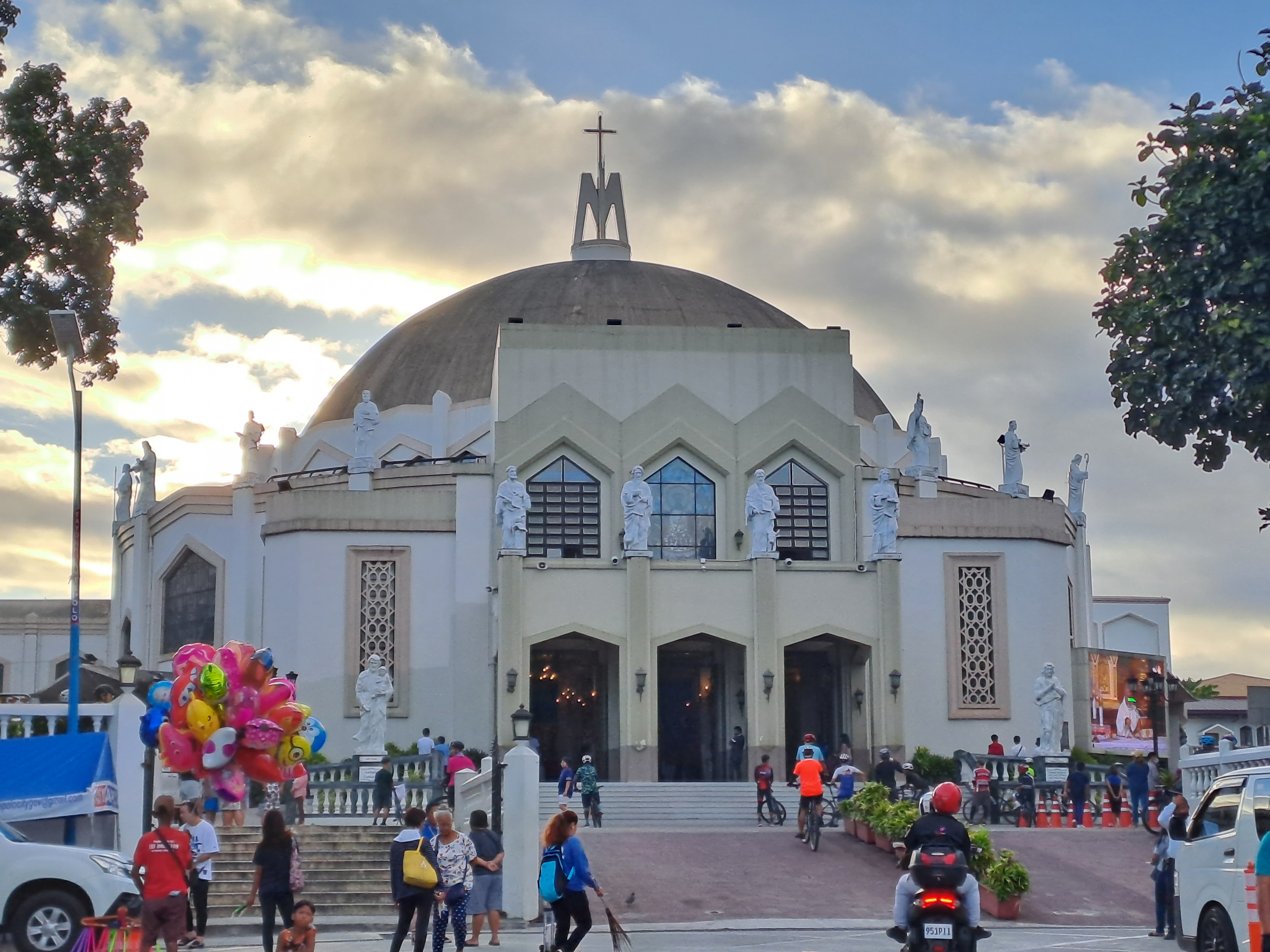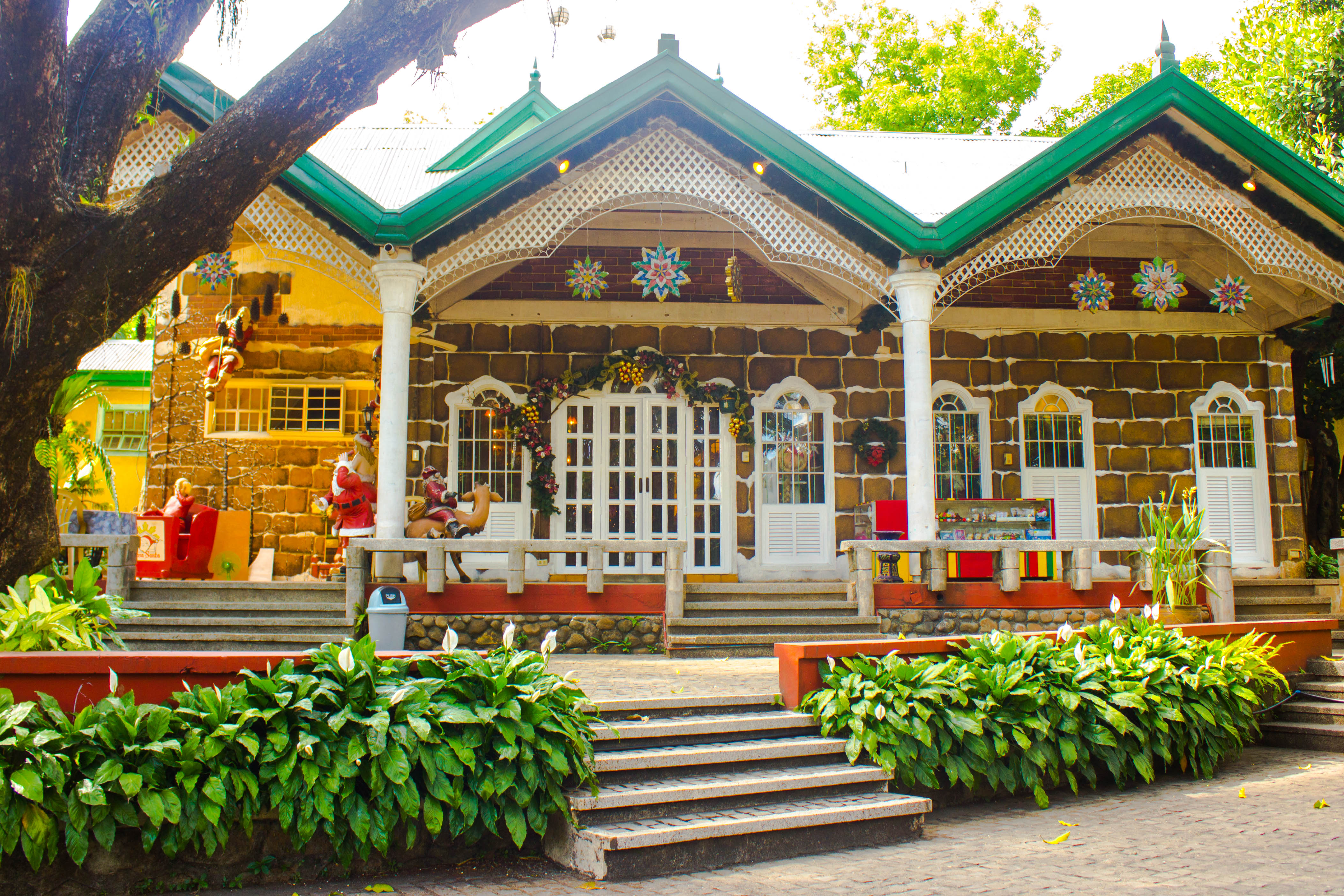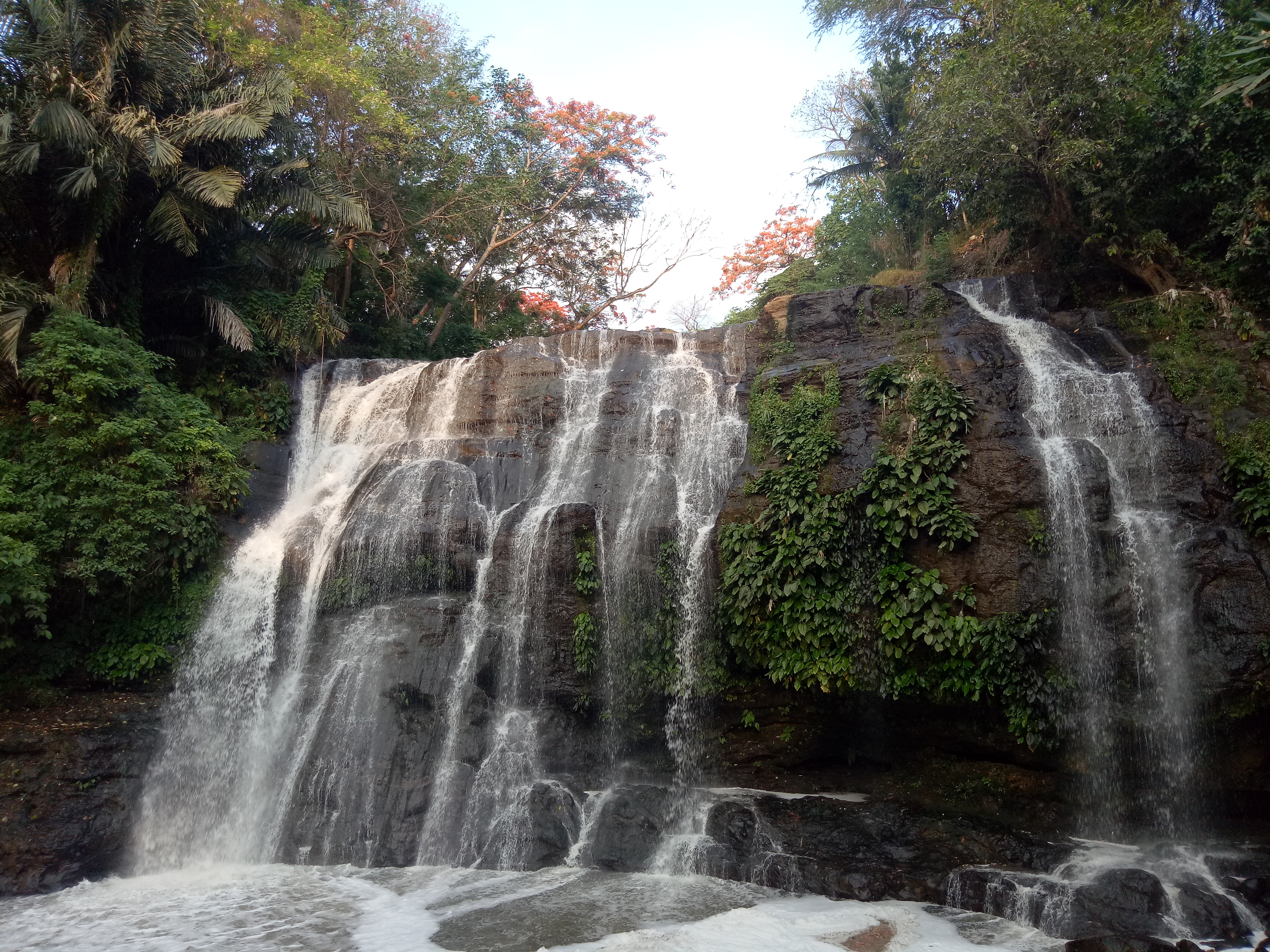Welcome to Antipolo in Rizal, and welcome to Anthro on Foot's walking tour! This is a self-paced
walking tour
that features key heritage sites and cultural highlights in the area. We hope you enjoy this tour as
much as we
enjoyed curating it!
Parts of Rizal belong to the Sacred Grounds of Ancestral Domain, or Subkal’n-Is’suwi ICCA (or the
Indigenous
Community Conserved Territories and Areas), a designated protected area. It spans approximately
524.65 square
kilometers, including 20.57 square kilometers of marine territory, and forms part of the Sierra
Madre Mountain
Range (or SMMR). Predominantly characterized by tropical and subtropical broadleaved forest, this
ICCA is
overseen by the Dumagat and Alta indigenous communities, encompassing six distinct communities (the
Barangays of Diteki, Real, Dibalo, Dibut, Dikapinisan, and Dimanayat) with a total population of
2,410
individuals.
The Dumagat and Alta communities maintain a profound connection with their surrounding environment.
Their
traditional practices, encompassing activities like traditional hunting, fishing, and farming, are
deeply rooted in
the cultural significance of "Subkal’n-Is’suwi," a heritage inherited from their
ancestors. They hold a strong
reverence for the resources within their ancestral land, attributing their origin to the Supreme
Being, "Makidepat."
This belief instills a commitment to safeguard and preserve these resources as a legacy for future
generations.
The arrival of the Spanish colonizers in the 16th century marked a significant turning point in the
history of Rizal.
During this period, Antipolo City earned its name from the profusion of tipolo or breadfruit trees
that flourished
in the area. The construction of the church, initiated by Franciscan missionaries in 1578, was later
taken over by
the Jesuits, who played a pivotal role in organizing the village into a parish by 1601. The
population experienced
significant growth, reaching 3,000 by 1601, primarily attributed to the settlement of the Dumagat
people in the
region.
